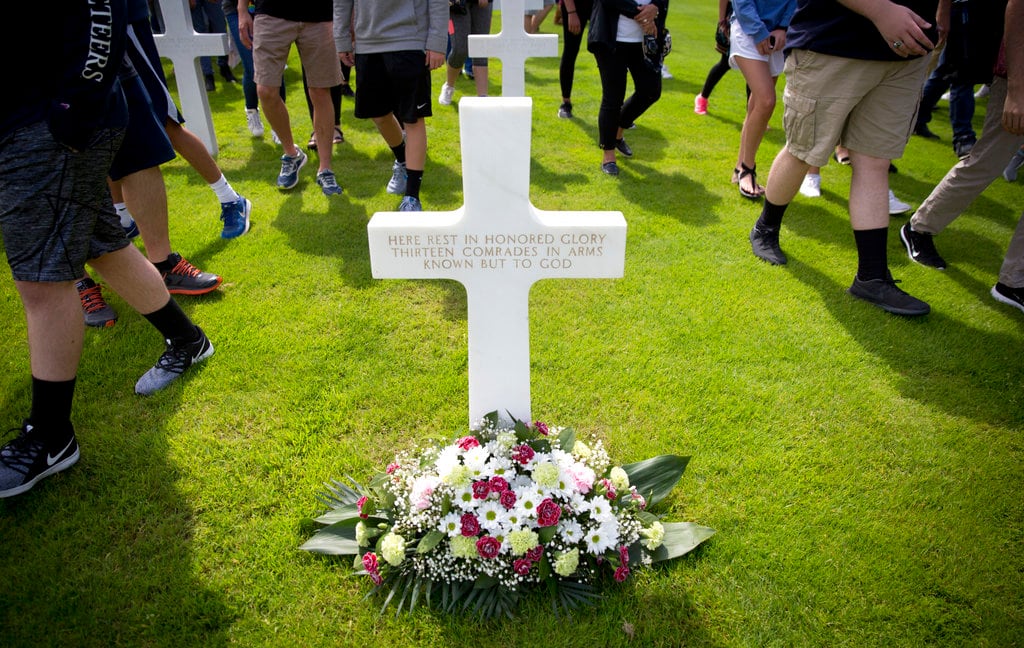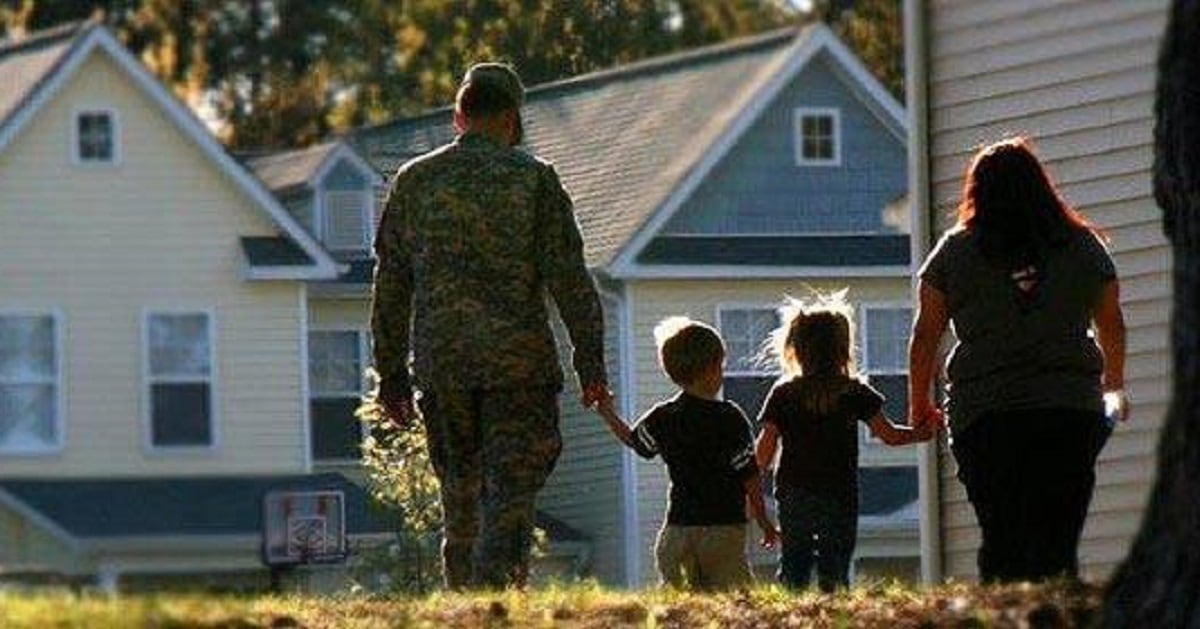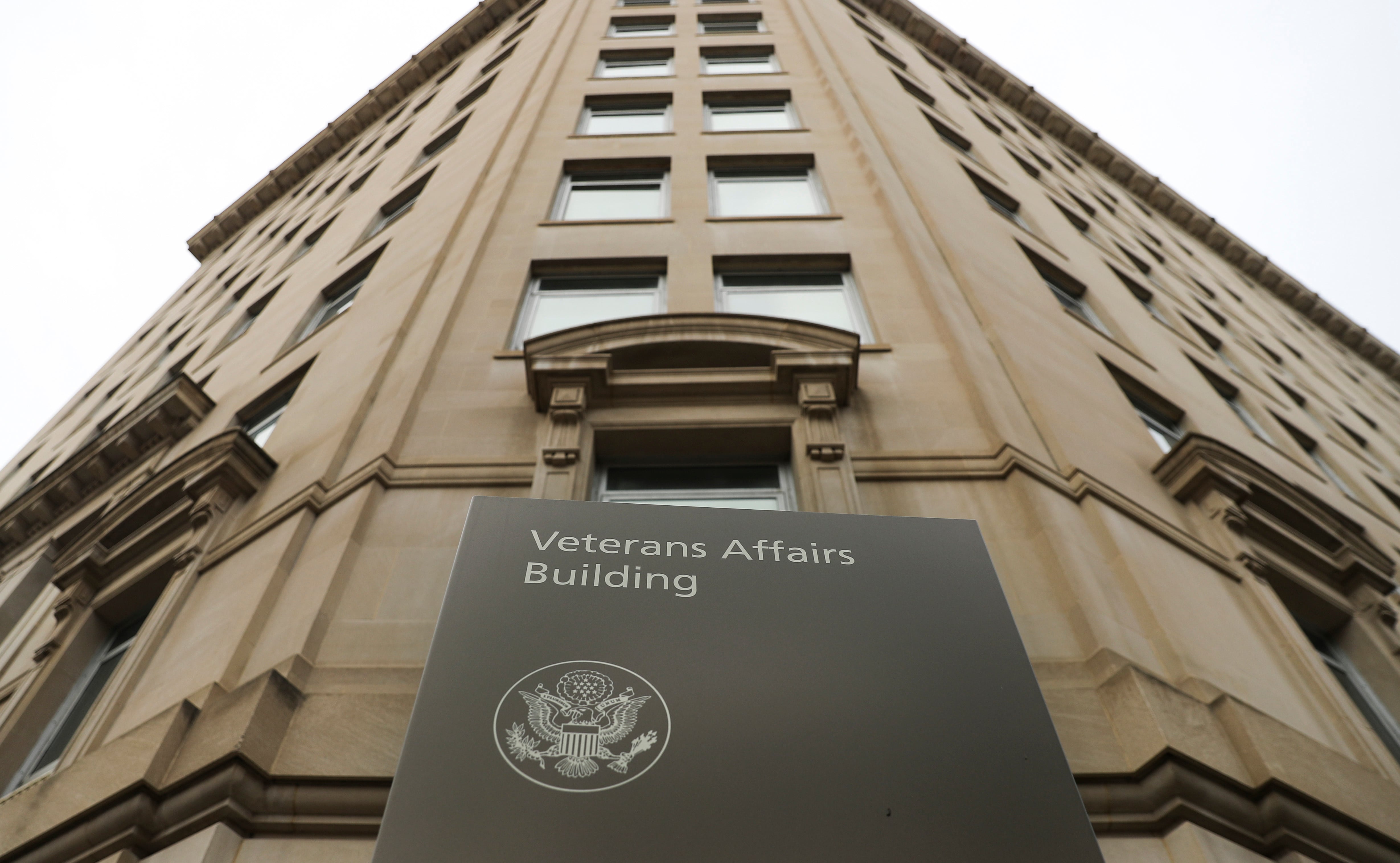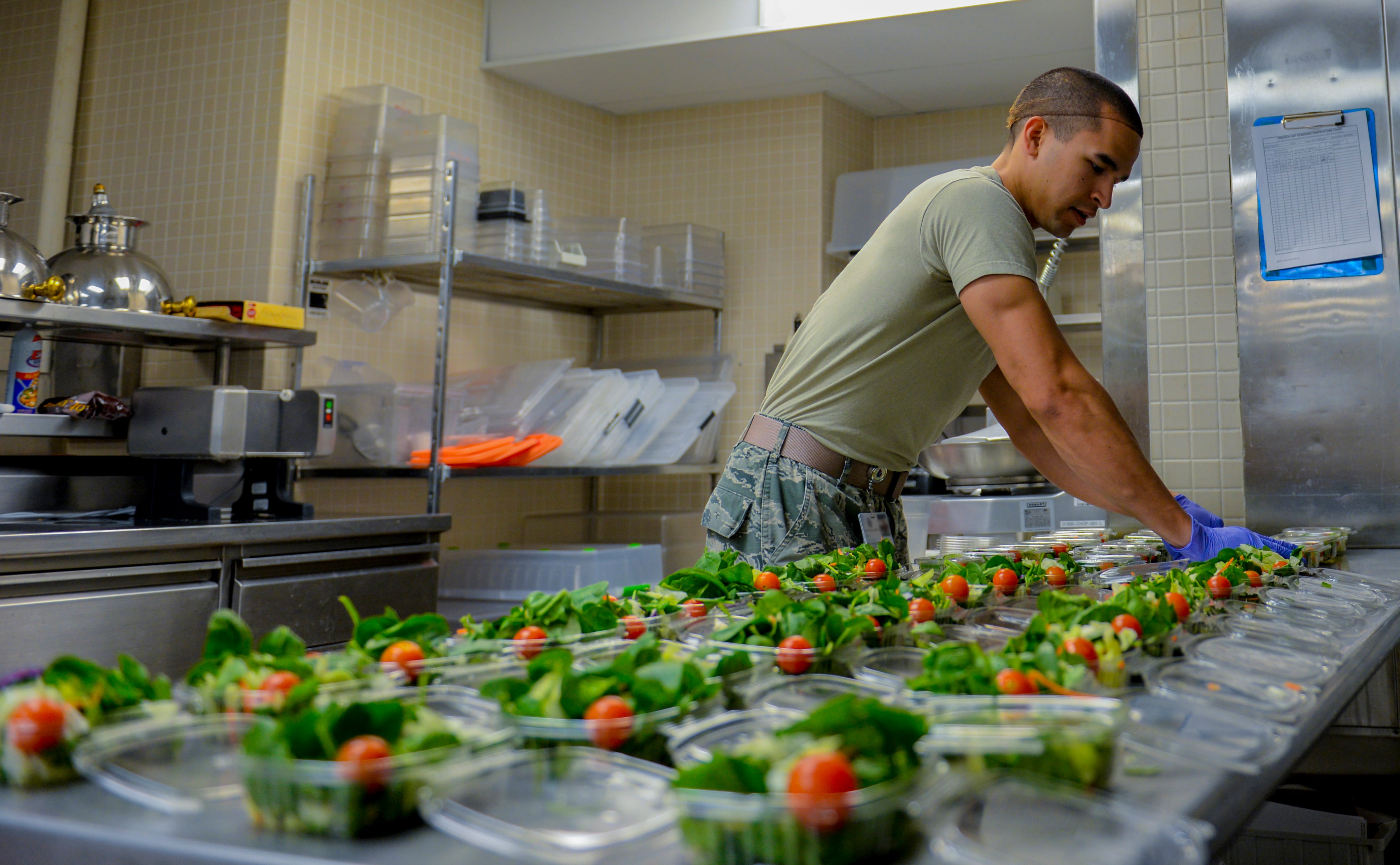It's a three-peat for the California National Guard, which this month claimed the top prize in the U.S. Army Small Arms Championship for the third year in a row.
This year's team of Sgt. 1st Class Sean Bayard, Staff Sgt. Leif Devemark, Sgt. Demetrios Iannios and Spc. Javier Tapia-Garcia bested 27 other teams from across the Army, National Guard and Army Reserve during the championship at Fort Benning, Georgia.
The annual event is sponsored by the Army Marksmanship Unit.
Winning was a challenge, said Iannios, who was a member of the California Guard team for each of its three wins.
"This last year's competition, we felt they had ramped it up a bit," he said. "We felt that guys were going for the win and competing strictly against us. It was good to come out winning again, with all that pressure."
The California Guard won the team championship, which measures a squad's ability with a rifle and pistol in a variety of events testing physical fitness, decision-making, motor skills and psychological resilience, according to information from the California Guard.
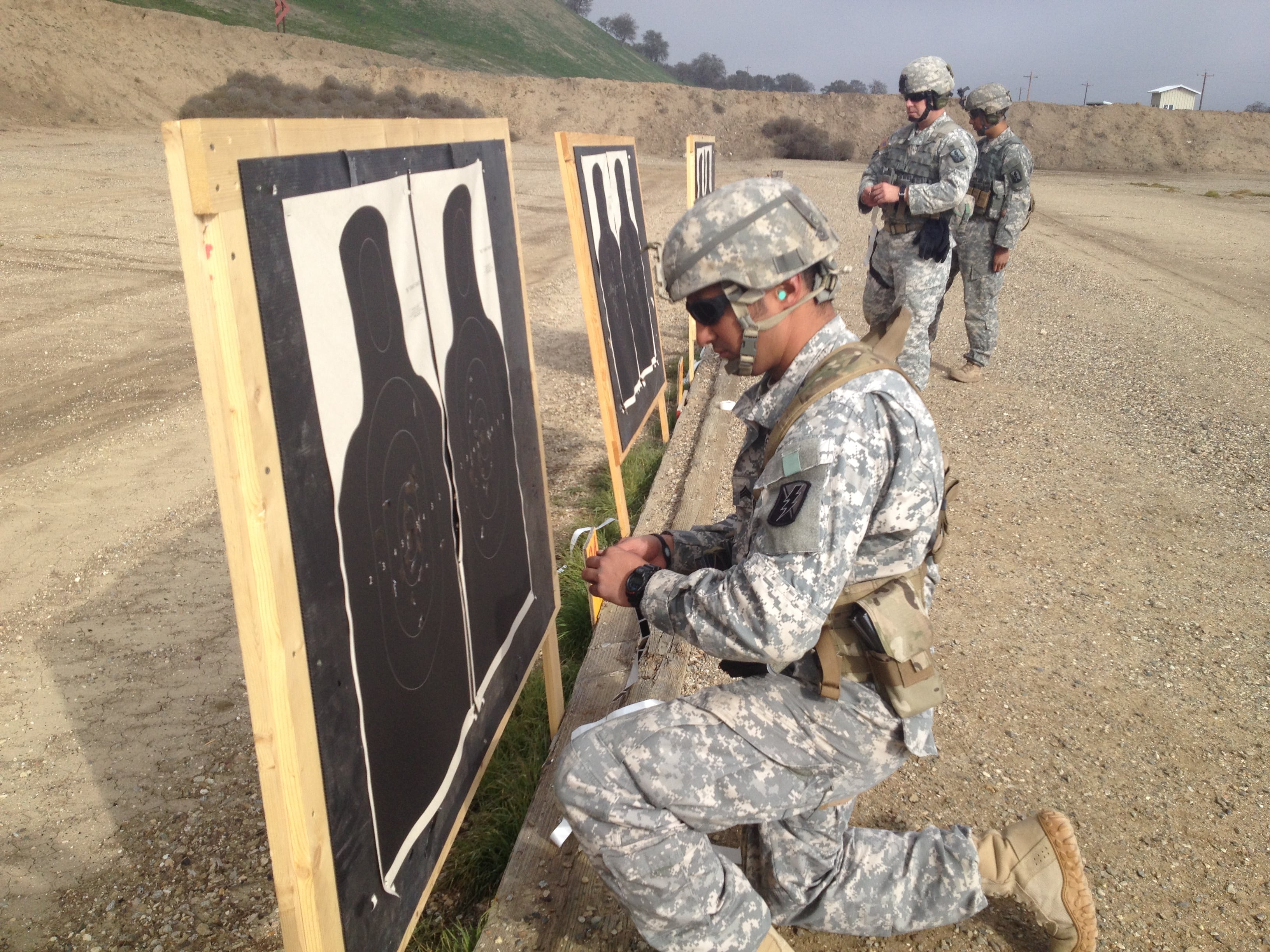
Sgt. Demetrios Iannios, an infantryman with the California Army National Guard, marks his targets during Team California's combat pistol practice on Camp Roberts, Calif., on Jan. 30, 2015, in preparation the US Army Small Arms Championships.
Photo Credit: Lt. Col. Daniel Markert/Army
The soldiers also came in first in the competition's Multi-Gun Championship, Pistol Championship, Pistol Team Match with 1.5-mile March, and Paper Team Match. The Guardsmen, who used standard rack-grade M16A4 rifles and M9 pistols, as required by the competition's rules, also earned a number of individual awards, according to the California Guard.
Having the right mindset, team chemistry, the willingness to learn from others, and a passion for marksmanship are key ingredients for success, said Devemark and Bayard, who both served in the Marine Corps before joining the Guard.
"It's important to try and master yourself, and that weapon is an extension of yourself," said Devemark, who is an electrician in civilian life. "I've been trying to get my level of experience up since 1993."
Bayard, who is a detective with the Los Banos Police Department, said the team only had three days to train together this year, but the soldiers made the most of it.
"We told each other to just stay focused, shoot each match as it comes, then move on to the next one," he said. "We didn't look at scores, we just had fun. I think that helped, and it paid off in a big way."
The soldiers also credited the California Guard's marksmanship program for their success.
"Our program exists to increase proficiency within our organization," said Lt. Col. Louis Millikan, commander of 1st Battalion, 184th Infantry Regiment, and the former state marksmanship coordinator.
One key part of the program is the annual California Combat Match, an annual marksmanship competition for California Guard members who want to compete for a spot on the team.
"It's a test of physical fitness and marksmanship under duress," Millikan said.
Soldiers who want to make the all-Army team must compete in the California match every year to earn their spot, said 1st Sgt. Joe Garcia, who belongs to 1st Battalion, 184th Infantry but also served as a marksmanship instructor.
"None of the old guys on the team one year gets to stay on the team unless they qualify at the state match," Garcia said. "All the old guys come together and they're competing against each other to earn a spot on the team."
There are no "rocket science secrets" to the team's success, Garcia said, "but there's a formula to doing it."
This includes mastery of the fundamentals, the right mindset, and physical fitness and the ability to quickly recover from exertion.
"We develop all three of those through training, practice and competition," Garcia said. "You have to compete to get ready to compete. That's the secret to doing it. Just get out there and do it."
Garcia, who developed the California Guard's program, said it's also critical to have instructors who know how to effectively teach and train soldiers.
"Your success depends on how good of an instructor you have," he said. "If you have a great instructor, you'll have great results."
Garcia also had some advice when it comes to the four fundamentals in the Army's marksmanship field manual.
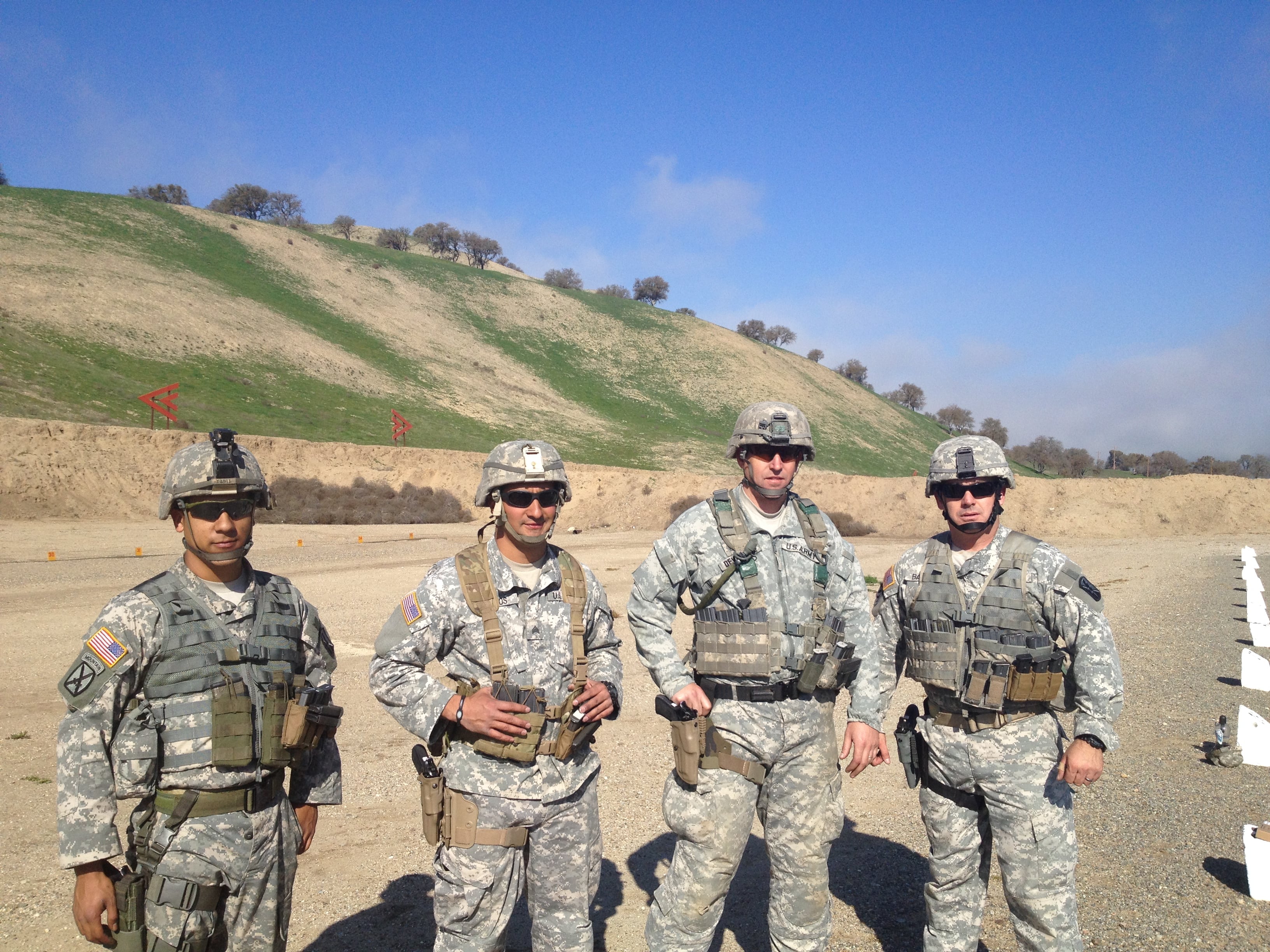
The California Army National Guardsmen on the winning team are Sgt. 1st Class Sean Bayard, Staff Sgt. Leif Devemark, Infantry, Sgt. Demetrios Iannios, and Spc. Javier Tapia-Garcia
Photo Credit: Army
"You have to break those four fundamentals down so each brain can retain it and break it down," he said.
They are:
Aiming
This is often the "No. 1 challenge," Garcia said.
Soldiers are taught to aim for center mass by lining up their front sight into the rear sight, he said.
"So the eye is always hopping between those three points," he said. "Sight picture is all about keeping a constant steady focus on the precise tip on the center of the front sight post."
Steady position
This involves getting the soldier "in position and going from the tip of the muzzle to the tip of his toes and ironing out everything in between that doesn't help with a steady position," Garcia said. "You have to get on the ground and work out the errors."
Breath control
Breathe normally, Garcia advised.
"The biggest problem soldiers have with breathing is they'll hold their breath trying to be still, then their eyesight starts to go," he said. "You want to look for that natural respiratory pause when you're talking about precision shooting, but with the AR, M4 or M16 shooting at 25 meters, just breathe naturally and press the trigger when you're ready to fire."
Trigger control
A lot of people use just the tip of their finger to squeeze the trigger, Garcia said.
"You have to have your whole finger on the trigger," he said.
In addition to the basics, the California Guard focuses on the soldier "as the weapon system," said Lt. Col. Daniel Markert, who succeeded Millikan as the state marksmanship coordinator.
"We assess and look for the attributes of an excellent marksman," he said. "We're looking to find who is not necessarily the best shooter, but we're looking at who's the most physically fit, who's the most psychologically resilient."
Garcia agreed.
"It doesn't matter what weapon we put in their hands because it's all about the soldier," he said.
Michelle Tan is the editor of Army Times and Air Force Times. She has covered the military for Military Times since 2005, and has embedded with U.S. troops in Iraq, Afghanistan, Kuwait, Haiti, Gabon and the Horn of Africa.

